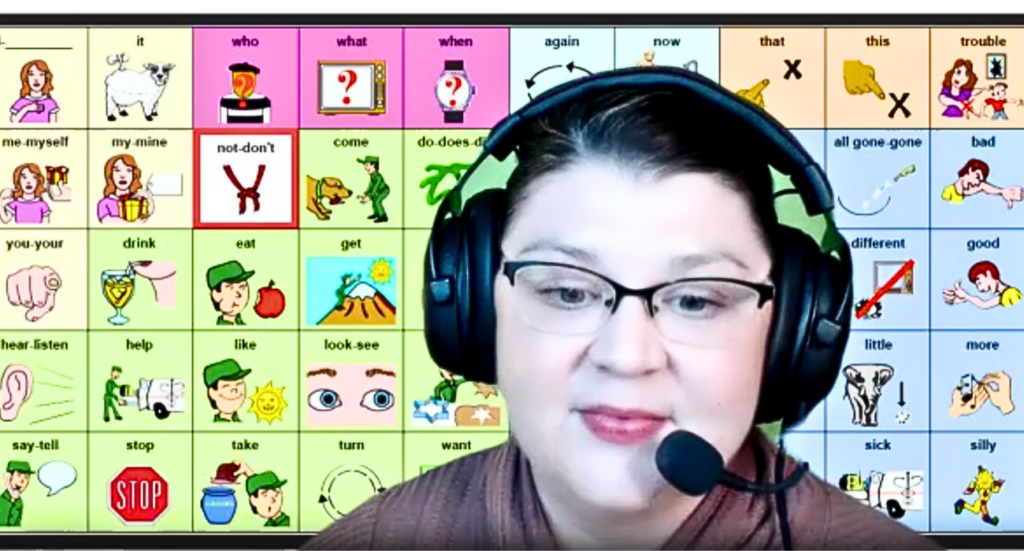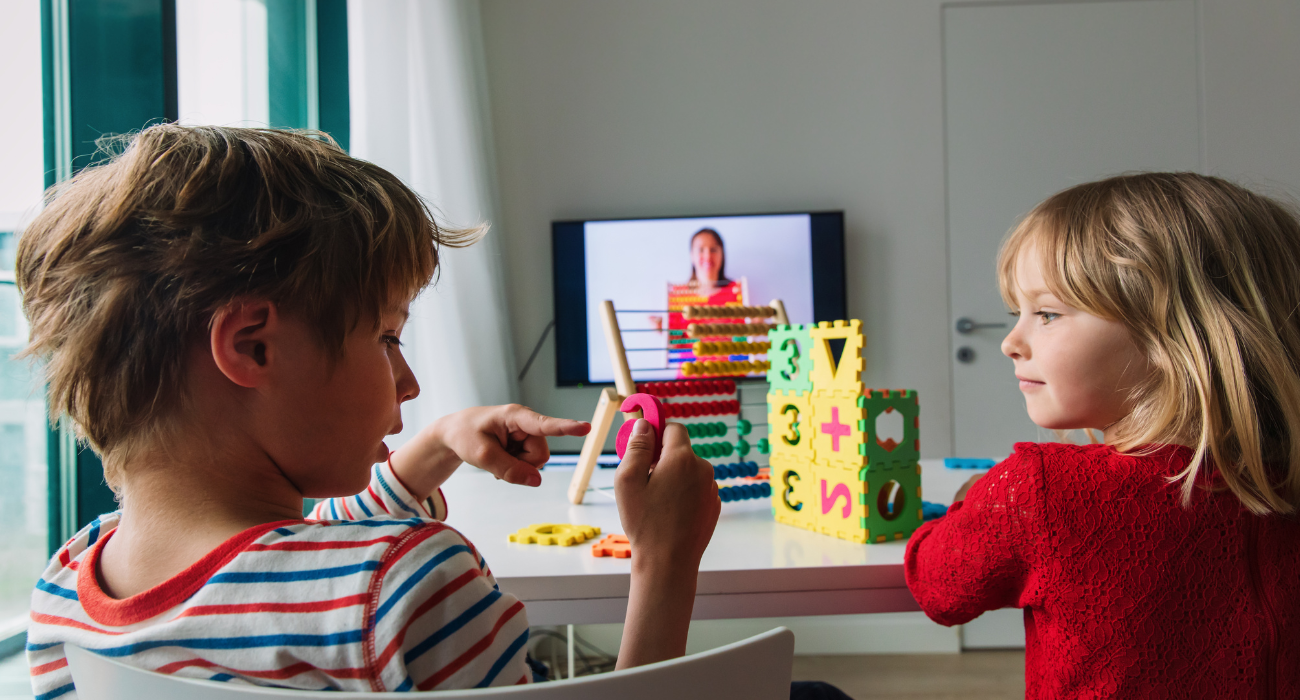Teletherapy has emerged as a vital tool in providing essential healthcare services to rural areas, where access to in-person therapy can be limited. At Unlimited Teletherapy, we specialize in delivering high-quality speech therapy services to individuals across New Mexico, ensuring that even those in the most remote locations receive the care they need. One of the unique challenges of teletherapy is accommodating various learning styles to make speech therapy effective and engaging for all students. Let’s explore how teletherapy can overcome barriers and cater to different learning styles in speech therapy.
Understanding Learning Styles
Every individual learns differently, and recognizing these differences is crucial in tailoring speech therapy sessions to be as effective as possible. By understanding these learning styles, therapists can design teletherapy sessions that cater to each individual’s needs, ensuring a more personalized and effective therapy experience. The three primary learning styles are:
- Visual Learners: These individuals learn best through seeing. They benefit from visual aids such as pictures, diagrams, and written instructions.
- Auditory Learners: These individuals learn best through hearing. They benefit from listening to explanations, discussions, and audio recordings.
- Kinesthetic Learners: These individuals learn best through doing. They benefit from hands-on activities and physical engagement.
Visual Learners
Visual learners thrive on seeing information. Teletherapy platforms offer numerous tools to enhance the learning experience for visual learners.
- Screen Sharing: Therapists can share their screens to show visual aids, such as pictures, diagrams, and written instructions. One particular platform some of our therapists use is called Vooks. Vooks is an interactive reading platform designed to help children learn from stories, foster positive relationships, and cultivate kindness and values. This helps visual learners understand concepts more clearly.
- Interactive Whiteboards: Many teletherapy platforms have built-in whiteboards where therapists can draw, write, and display images. This interactive element keeps visual learners engaged and involved in the session.
- Visual Cues and Symbols: Using visual cues and symbols can help reinforce learning and aid in the retention of new information. Therapists can create personalized visual aids to address specific speech therapy goals.
- Green Screen Learning: By utilizing green screen technology, therapists can create dynamic and immersive backgrounds that can help illustrate concepts and provide a more engaging learning environment. This technique can be particularly useful for visual learners who benefit from contextual and realistic visualizations.

Unlimited Teletherapy SLP Emily LaRocque using green screen technology
Auditory Learners
Auditory learners benefit from listening and verbal communication. Teletherapy can be adapted to suit auditory learners through the following methods:
- Verbal Instructions: Providing clear and detailed verbal instructions helps auditory learners understand tasks and exercises better.
- Discussion and Dialogue: Encouraging open discussions and interactive dialogues can enhance the learning experience for auditory learners, allowing them to process information through conversation.
- Audio Recordings: Therapists can use audio recordings to provide examples and practice exercises, allowing auditory learners to replay and review the material as needed.

Kinesthetic Learners
Kinesthetic learners also known as tactile learners, prefer to use physical activity and movement to process new information and to learn effectively. While teletherapy might seem challenging for these learners, there are creative ways to incorporate physical engagement.
- Interactive Activities: Incorporating interactive activities that require physical movement, such as mimicking speech sounds or using gestures, can help kinesthetic learners stay engaged and learn more effectively.
- Hands-On Materials: Sending materials to patients, parents, and teachers ahead of the session, such as flashcards, toys, or tactile objects, can provide kinesthetic learners with hands-on tools to use during the session.
- Role-Playing and Games: Using role-playing scenarios and interactive games can make the therapy sessions more dynamic and engaging for kinesthetic learners. Our therapists use platforms like Ultimate SLP to incorporate interactive games that target the articulation of any speech sound in any word position, as well as language and social communication skills.

Contact Unlimited Teletherapy Today!
Teletherapy has revolutionized access to speech therapy services, particularly in rural areas of New Mexico. By understanding and adapting to different learning styles, therapists can create personalized and effective therapy sessions that cater to the unique needs of each patient. At Unlimited Teletherapy, we are committed to overcoming barriers and ensuring that every individual receives the high-quality care they deserve, regardless of their location or learning style. Contact Unlimited Teletherapy today and discover how teletherapy can make a difference in your child’s life!
-
By Caitlin Bowden
November 27, 2024
The Future of Speech-Language Pathology: Trends in Teletherapy
Speech-language pathology is an evolving field, and with advancements...
-
By Caitlin Bowden
October 21, 2024
The Advantages of Teletherapy for Speech-Language Pathology
Speech-Language Pathology (SLP) is a crucial service for individuals...



Comments are Closed